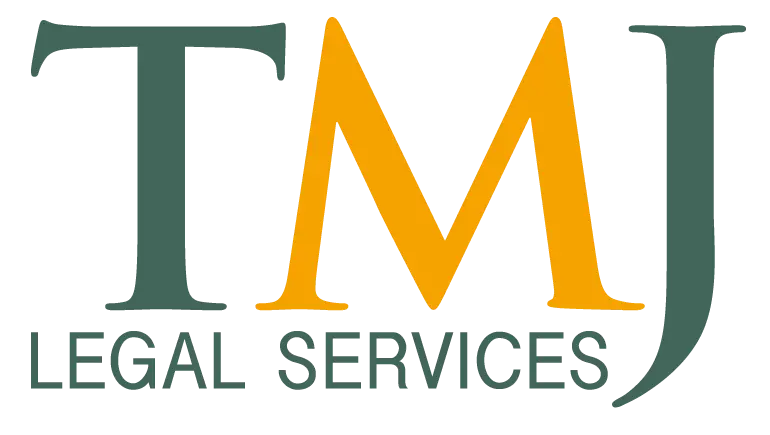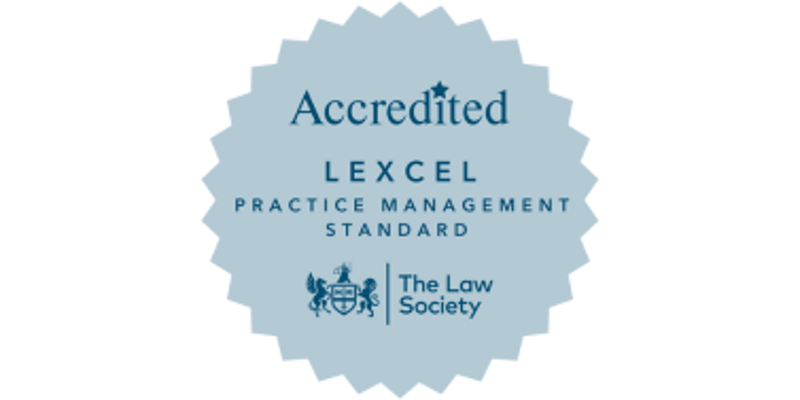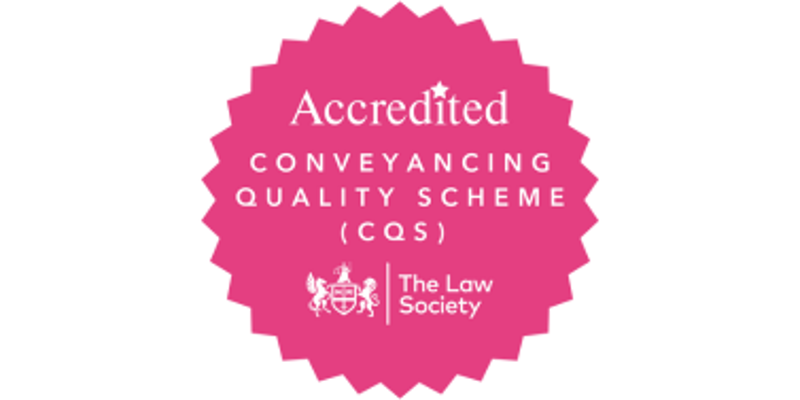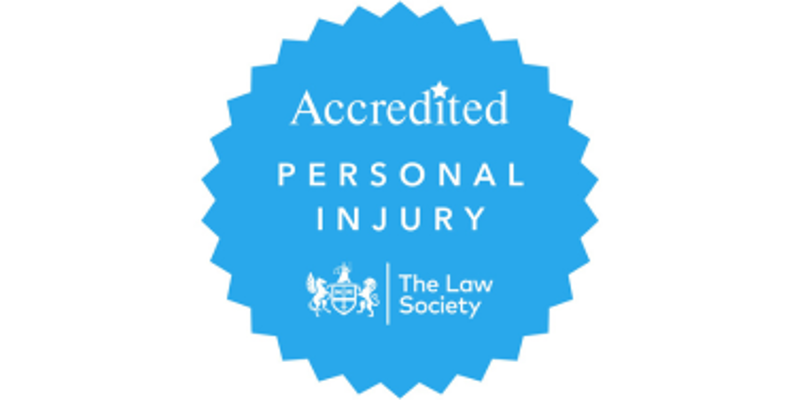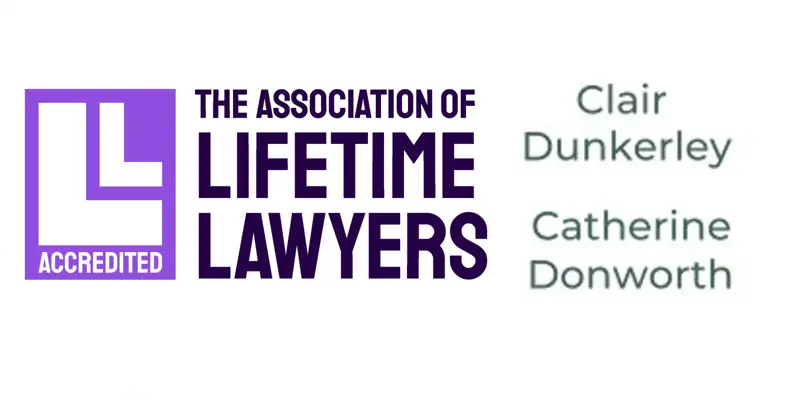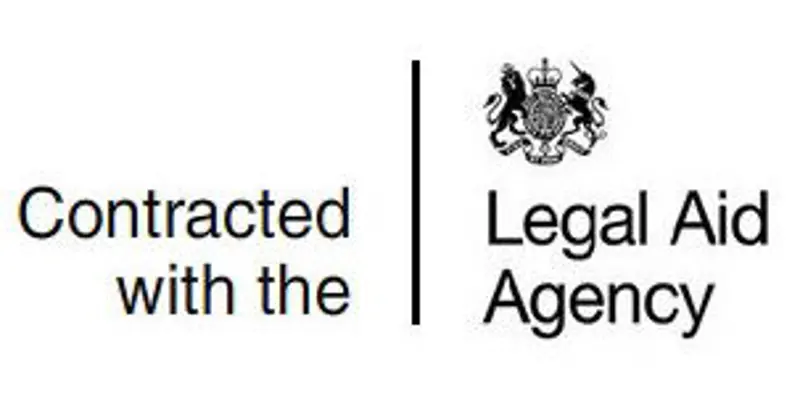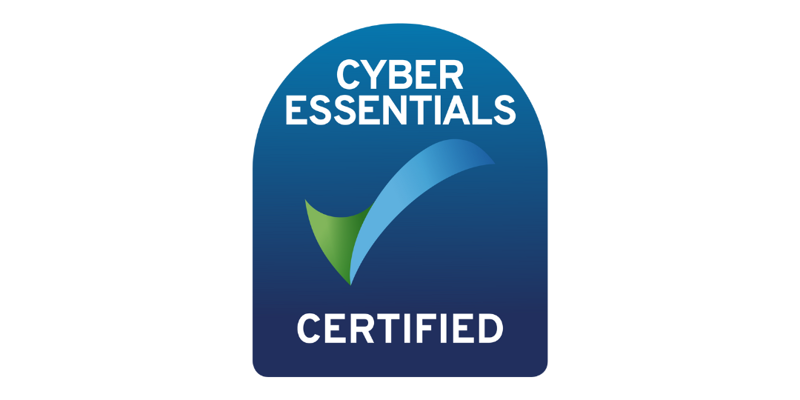The difference between transferring your property and putting your property into Trust
People often want to transfer their properties into the names of their children as they get older, thinking it will create ease of administration upon death, but there are other things that need to be considered.
If you were to transfer the property directly to your children, you need to be comfortable with your property no longer being owned by you. It will be your children’s asset and treated as such in the event of divorce proceedings or in any financial assessments such as for means-tested benefits. This could result in your house being considered a matrimonial asset and for someone who is no longer a family member to have a controlling interest in the property. It could prevent your children from accessing means-tested benefits, and it can be considered in the event of bankruptcy.
Another alternative is putting your property into an asset protection trust. You can appoint yourself and your children as trustees, meaning you can all control what happens to the property. Like transferring the property outright, it will create ease of administration as to sell the property upon the death of a trustee, and you will only need to provide a death certificate rather than obtain a Grant of Probate. The property will also not be considered as belonging to anyone as an ‘asset’ and therefore is protected in the event of divorce or bankruptcy.
It is important to note that neither of these methods makes the property exempt from inheritance tax, however.
For more information and advice on property transfers and trusts, please contact Erin Dobing on 01429 230 041.
TMJ Legal Services
TMJ Legal Services has been helping individuals and businesses since 1986. We offer a range of advice and services.
